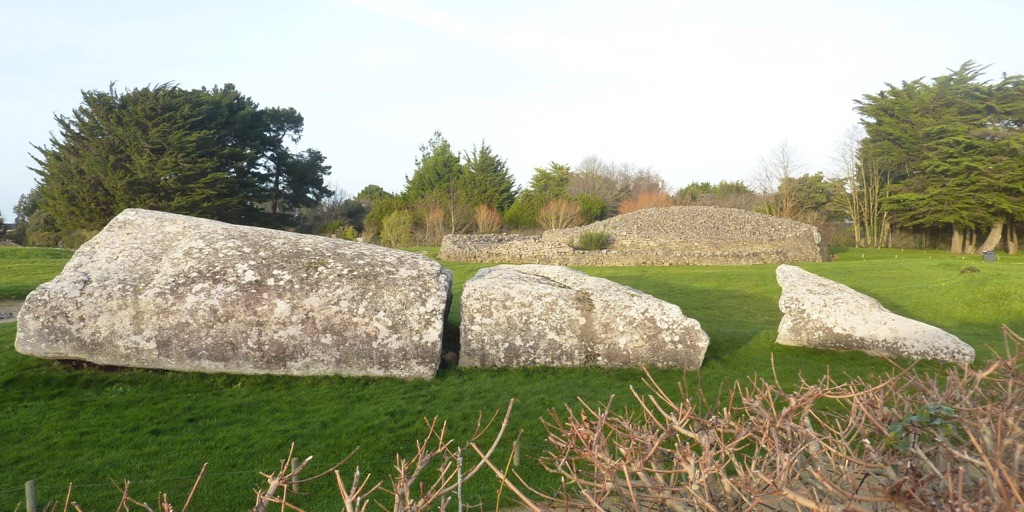Exploring the Locmariaquer Megaliths
Located in Locmariaquer, Brittany, the Locmariaquer megaliths stand as a testament to Neolithic craftsmanship. This complex includes the Er-Grah tumulus, the Table des Marchand dolmen, and the striking Broken Menhir of Er Grah. These ancient constructions offer a fascinating glimpse into the past.
Get your dose of History via Email
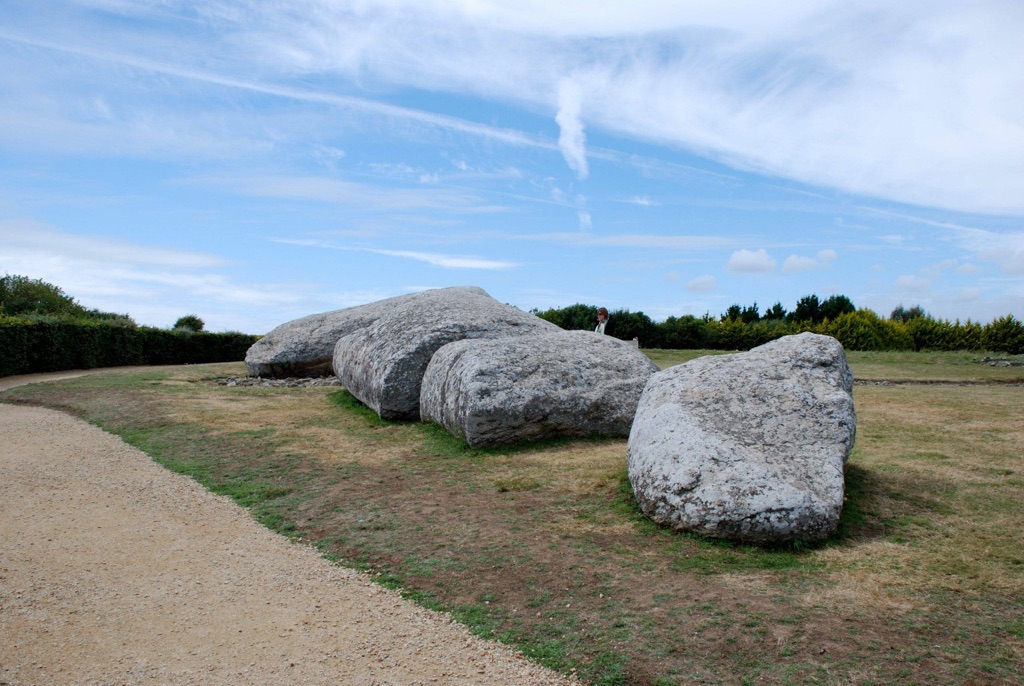
The Broken Menhir of Er Grah
Erected around 4700 BC, the Broken Menhir of Er Grah once stood at an impressive 20.60 meters. Weighing 330 tons, this colossal stone came from a rocky outcrop several kilometers away. The exact methods used to transport and erect it remain a subject of debate. Despite this, the achievement remains remarkable, showcasing the ingenuity of Neolithic people.
The menhir’s surface bears a sculpture of a “hatchet-plough.” However, erosion has made this once-clear carving difficult to discern.
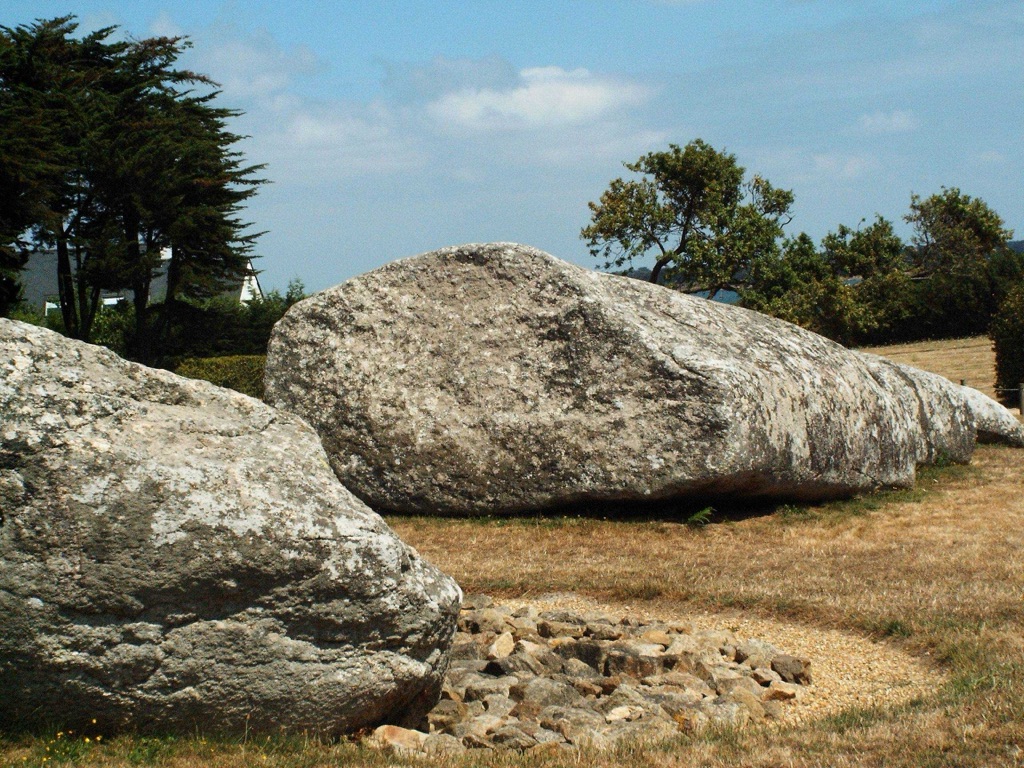
Theories on Its Destruction
The cause of the menhir’s collapse around 4000 BC remains a mystery. Initially, some believed it had never stood upright. However, archaeological findings proved otherwise. The most popular theory suggests deliberate destruction, possibly for reuse in tombs and dolmens. Yet, recent theories propose an earthquake caused the fall. Computer models support this natural disaster explanation, adding another layer of intrigue.
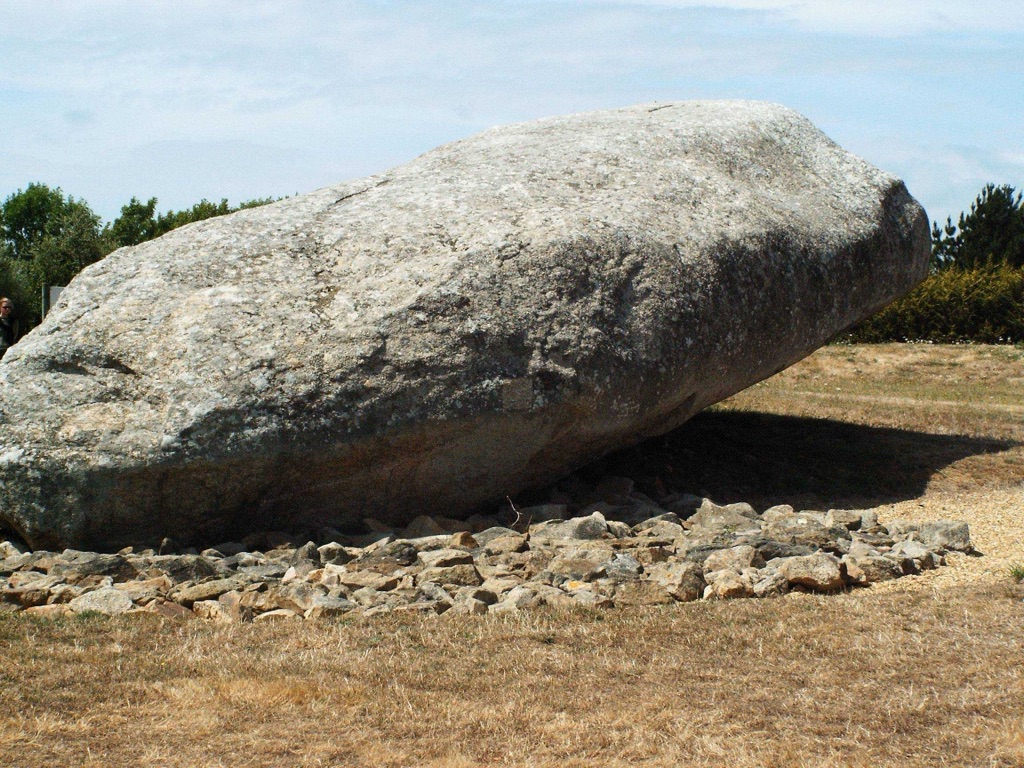
The Table des Marchand
The Table des Marchand, a large dolmen, is rich with decorations. Its main capstone features carvings of an axe and part of a plough, indicating it was once part of the Broken Menhir. These designs match carvings on the menhir’s remains. Other parts of the menhir were used in the tumulus and the nearby Gavrinis dolmen.
Inside the Table des Marchand, an engraved stele with whorls and arches may represent fields of crops. This dolmen was fully exposed until 1993 when it was reconstructed inside a cairn to protect its contents.
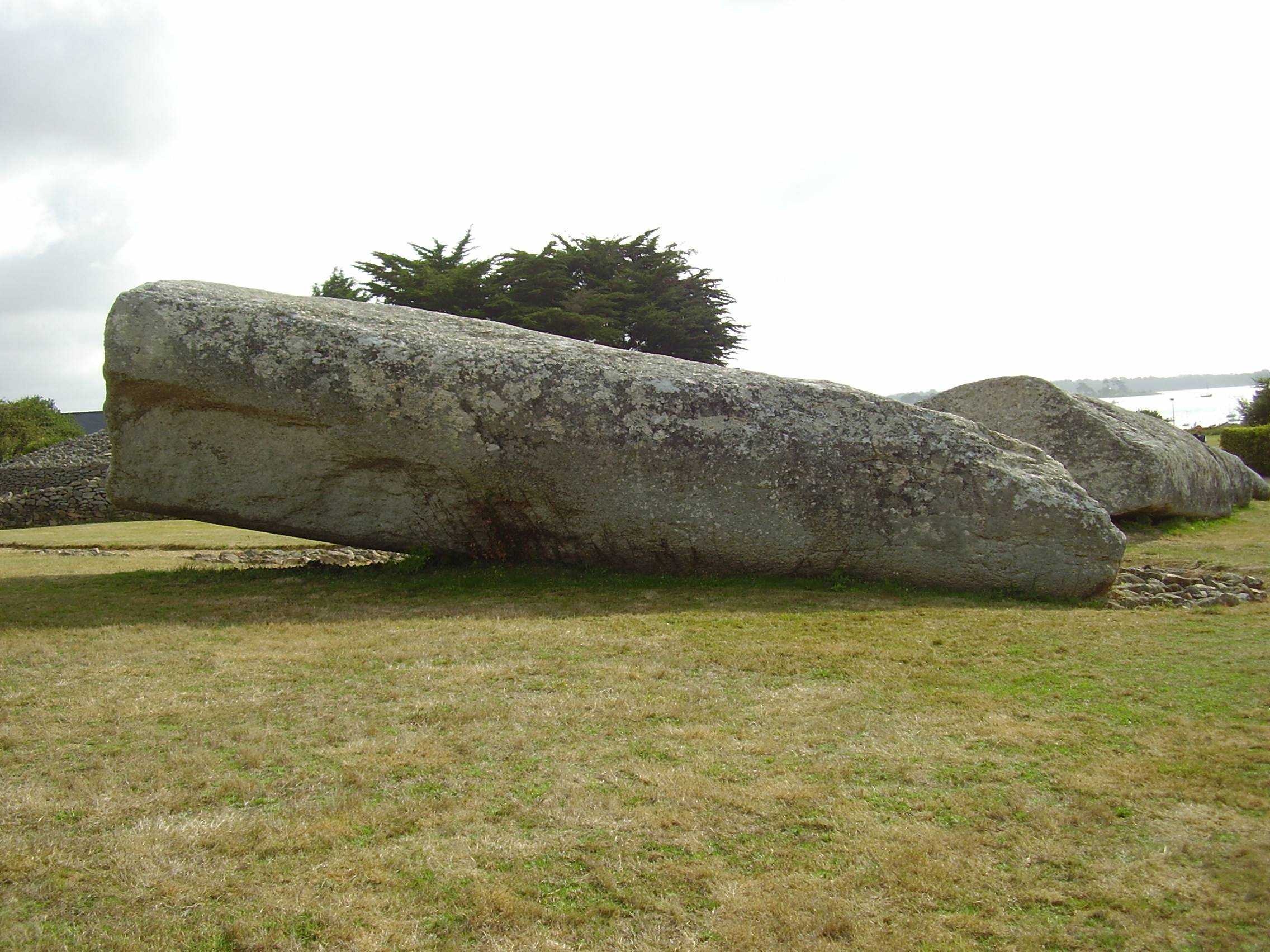
The Er-Grah Tumulus
The Er-Grah tumulus extends 140 meters, built as a cairn in the fifth millennium BC and later extended. A pavement surrounded its stepped structure, with the capstone indicating its completion around 3300 BC. Notably, a pair of domesticated cattle were found in a pit near where the menhir originally stood, dating to the late sixth and early fifth millennium BC. This discovery adds to the rich history of the site.
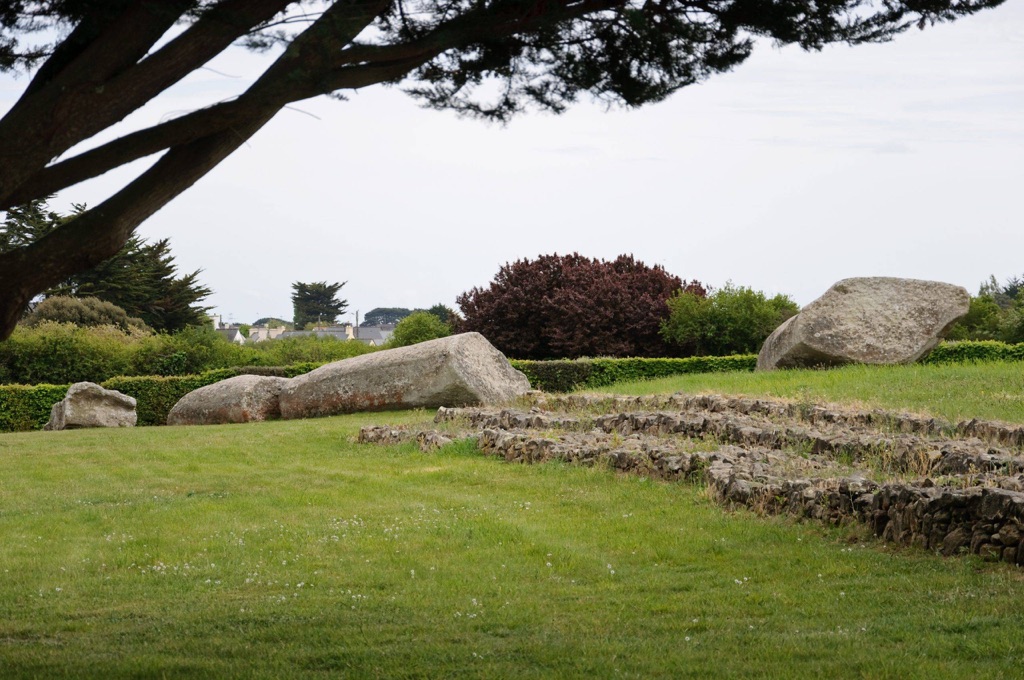
Conclusion
The Locmariaquer megaliths, with their impressive structures and mysterious histories, provide a captivating window into Neolithic life. Each stone and carving tells a story of ancient ingenuity and cultural significance, making these monuments a vital part of our human heritage.
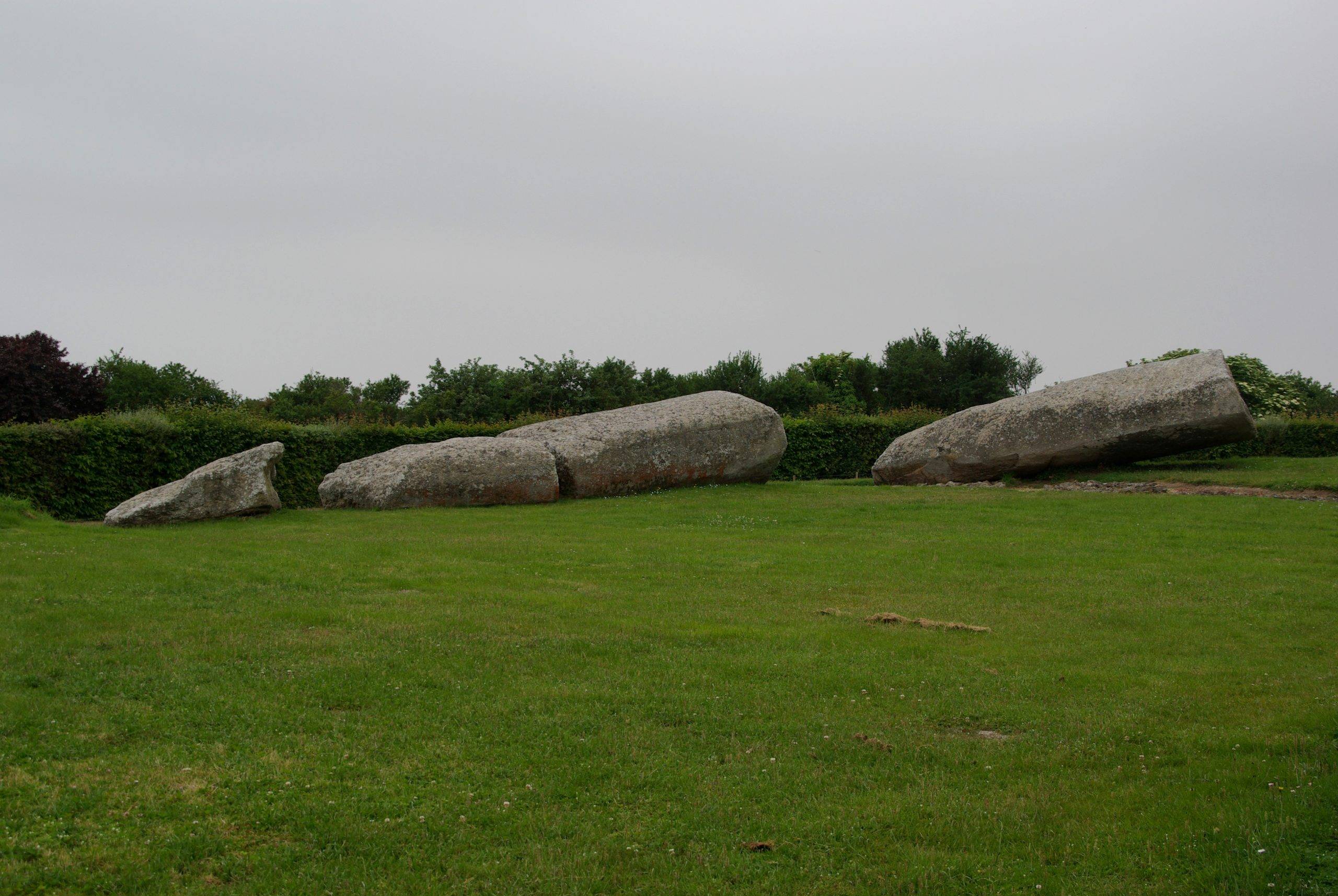
The Locmariaquer megaliths, located in Brittany, France, are a remarkable collection of Neolithic monuments. They consist of the Menhir de Champ-Dolent, the largest standing stone in France, the Table des Marchand, a dolmen with a massive capstone, and the Er Grah tumulus, a stepped mound. These ancient structures, dating back to around 4500 BC, offer a fascinating glimpse into the architectural prowess and spiritual beliefs of the prehistoric societies that built them.
Sources:

